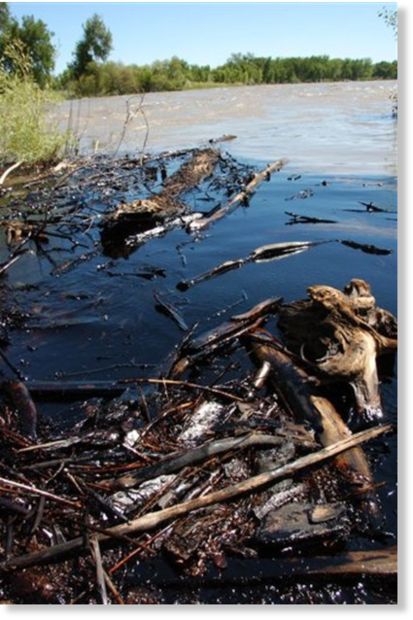
© The Associated Press / Matthew BrownOil from a ruptured ExxonMobil pipeline is seen in the Yellowstone River and along its banks near Laurel, Mont., Saturday July 2, 2011. The pipeline break was contained early Saturday morning but the spill stretched over dozens of miles.
An ExxonMobil pipeline that runs under the Yellowstone River in Montana ruptured Saturday and leaked hundreds of barrels of oil into the waterway, causing a 25-mile plume that fouled the riverbank and forced municipalities and irrigation districts downstream to close intakes.
The break near Billings in south-central Montana led to temporary evacuations of hundreds of residents along a 20-mile stretch. Cleanup crews deployed booms and absorbent material as the plume moved downstream at an estimated 5 to 7 mph.
The river has no dams on its way to its confluence with the Missouri River just across the Montana border in North Dakota. It was unclear how far the plume might travel.
"The parties responsible will restore the Yellowstone River," Mont. Gov. Brian Schweitzer said.
ExxonMobil spokeswoman Pam Malek said the pipe leaked an estimated 750 to 1,000 barrels of oil for about a half-hour before it was shut down. Other Exxon officials had estimated up to 42,000 gallons of crude oil escaped.
Duane Winslow, Yellowstone County director of disaster and emergency services, said the plume was dissipating as it moved downstream. "We're just kind of waiting for it to move on down while Exxon is trying to figure out how to corral this monster," Winslow said.
"The timing couldn't be worse," said Steve Knecht, chief of operations for Montana Disaster and Emergency Services, who added that the plume was measured at 25 miles near Pompeys Pillar National Monument. "With the Yellowstone running at flood stage and all the debris, it makes it dang tough to get out there to do anything."
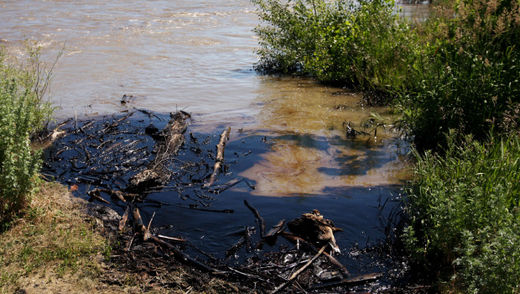


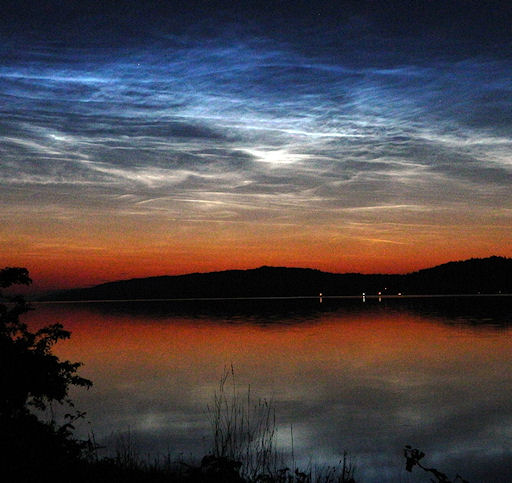
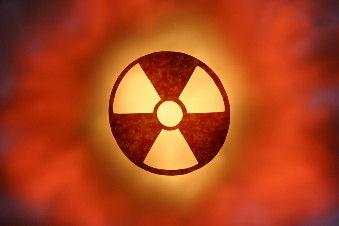
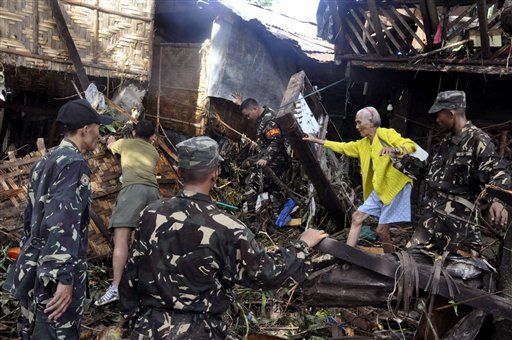



Comment: Editor's note: So far, we have seen no evidence to support the idea that HAARP technology is capable of causing earthquakes.